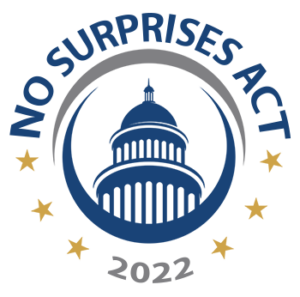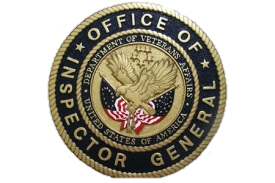Enforcement & Compliance
Although there is some enforcement discretion as the regulatory authorities work out the details, it is necessary for providers to be compliant in the areas that are clear and established. Although the original objective was to protect the insured patient, it also protects the uninsured, self-pay patient. As already stated, the law is complex, and this is strictly an overview of the rule.
What Applies to DCs?
The No Surprises Act has a variety of aspects that apply to providers. Often it depends on the financial setup of the clinic and location of services. With this in mind, a clinic must not assume that the rule does not apply. Equally important is to presume that a standard that is listed in one section of the rule applies to all aspects. Each section of the rule must be taken in context. A summary of key components is listed below. Those in bold font are more likely to apply to the typical chiropractic clinic.
Surprise Billing
- No balance billing for air ambulance services by nonparticipating air ambulance providers (PHSA 2799B-5; 45 CFR 149.440)
- No balance billing for out-of-network emergency services (PHSA 2799B-1; 45 CFR 149.410)
- No balance billing for non-emergency services by nonparticipating providers at certain participating health care facilities, unless notice and consent was given in some circumstances (PHSA 2799B-2; 45 CFR 149.420)
Notification & Disclosure
- Disclose patient protections against balance billing (PHSA 2799B-3; 45 CFR 149.430) *This may not be required for typical practice. Read more here.
- Good faith estimate requires providers, upon an individual’s scheduling of items or services, or upon request, to inquire if the individual is enrolled in a health plan or health insurance coverage, and to provide a notification of the good faith estimate of the expected charges. (PHSA 2799B-6; 45 CFR 149.610) This helpful flow chart walks you through the details.
- Advance Explanation of Benefits requires plans and issuers, upon receiving a “good faith estimate” regarding an item or service as described in PHS Act section 2799B-6, to send a participant, beneficiary, or enrollee (through mail or electronic means, as requested by the participant, beneficiary, or enrollee) an Advanced Explanation of Benefits notification in clear and understandable language. (Code section 9816(f), ERISA section 716(f), and PHS Act section 2799A-1(f)).
Consistent Information
- Ensure continuity of care when a provider’s network status changes through a Single Case Agreement (SCA) which is a contract between the insurer and healthcare provider to ensure the patient does not have to change providers in a course of treatment (PHSA 2799B-8)
- Improve provider directories and reimburse enrollees for errors (PHSA 2799B-9)
The aspects of the law listed above show the intent, which is to protect the patient (consumer) from unexpected or burdensome health costs. According to HHS (Health and Human Services), “Patients will be removed from payment disputes that must be settled between providers and insurers. Further, the Congressional Budget Office predicted that the No Surprises Act will reduce health insurance premiums for consumers.”
As KMC University works with providers nationwide, when developing resources, we must take into consideration the single provider clinic along with the provider that may have hospital privileges. Please keep this in mind as you review this content.


I am so grateful for Dr. Milo and Dr. Liebing allowing me to the opportunity to attend KMC University's seminar in Denver. Continuing education is so important and Kathy does such a great job at explaining things and helping you through challenges in the office. Her and her staff are so fun to be around and really make the experience great! I highly recommend attending a seminar through KMC University! Thank you Kathy and Staff!





